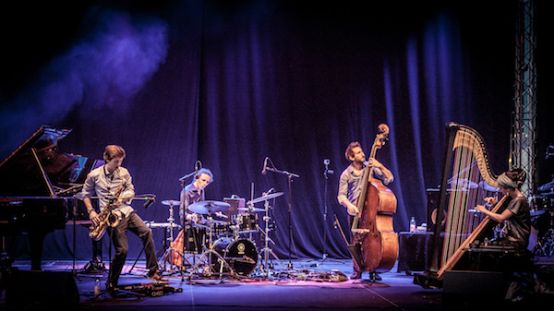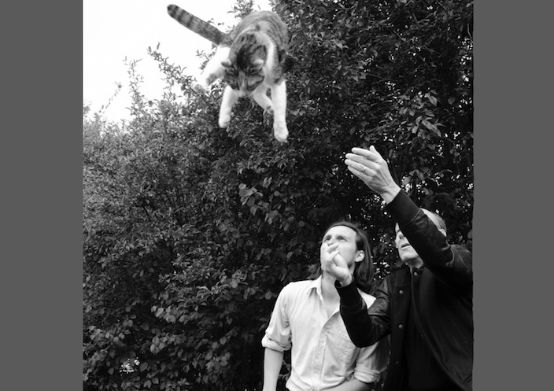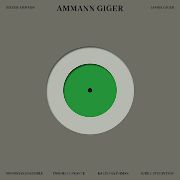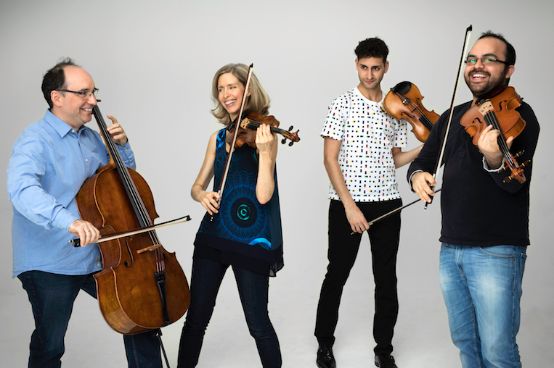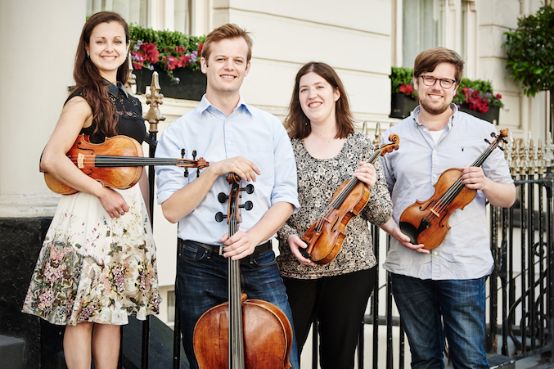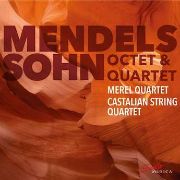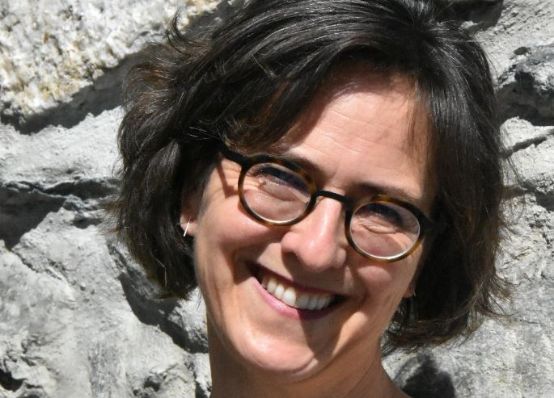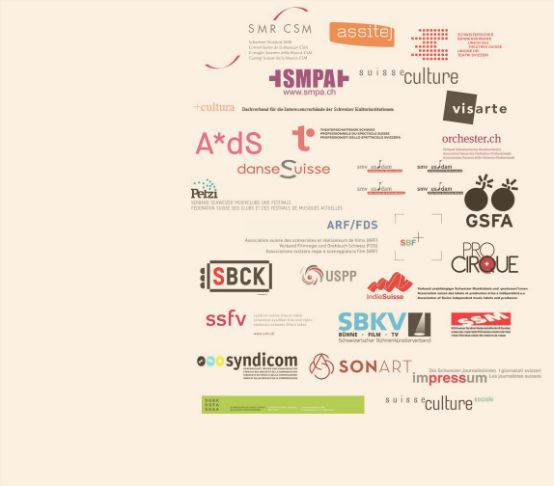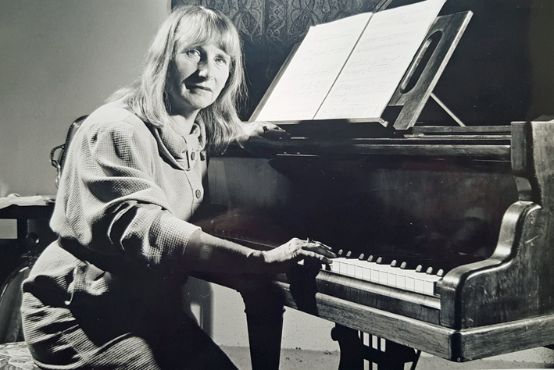A dance from every canton
The flautist Helene Schulthess has arranged dances from the Hanny Christen collection for two flutes and piano.

The collection by ethnomusicologist Hanny Christen, who traveled through Switzerland between 1940 and 1960 to record or write down melodies, contains a colourful compilation of various folk dances from different regions. In the foreword to her selected edition for two flutes and piano, editor Helene Schulthess points out that the diversity in the Christen collection is a reflection of the "cultural and regional small-scale nature of Switzerland", but is nevertheless also characterized by the influences of other European countries. The collection contains a conspicuous number of pieces labeled "Scottish", which are, however, arranged differently depending on the region.
Schulthess has included 26 dances, one from each canton, in her booklet (three are not from the Christen collection). The unchanged melodies can be performed with two flutes and mostly chordal piano accompaniment, but also sound very good as pure flute duets with the second part added by the editor, which is often contrapuntal. The first dance Scottish from the canton of Zurich has a very concertante effect due to its animated second voice. The melody part of the Mazurka from the canton of Uri is accompanied in the first part by the second flute part, yodeling as it were. Melodiously the Ländler from the canton of Nidwalden and is contrasted by cheeky interjections with suggestions in the second voice. The virtuoso dance of the Trumpet polka from the canton of Zug and is challenging to play for both voices due to its sixteenth-note figures combined with triplets. Even the well-known Basel Fasnacht Arab march found its way into the varied collection. Some pieces, such as the lively Jupiter gallop from St. Gallen or the Venus gallop from the canton of Vaud seem almost like salon music, as does the lively Rose waltz from the canton of Aargau. This successful, interesting collection gives an insight into the variety of melodies in Swiss folk music and can be easily played by advanced pupils.
26 Swiss folk dances from 26 cantons, from the Hanny Christen collection, arranged for 2 flutes and piano by Helene Schulthess, Fr. 26.00 plus postage, www.helene-schulthess.ch/de/kompositionen-bearbeitungen











